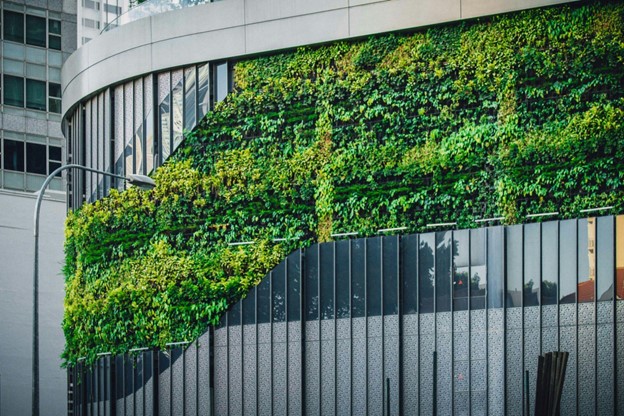My blog focuses on Financial Literacy/Money and Business/Entrepreneurship. Many businesses can have strategies for sustainability, and catering companies are in that group. The following contributed post is entitled, Serving Sustainability: Showing How Your Catering Company Cares for the Planet.
* * *
Sustainability has quickly become a top priority in food and catering. Today more than ever, clients and event planners prioritize finding service providers who share their environmental values, making adopting green practices not just good practice. For catering companies it becomes a unique selling point. Showcasing sustainability not only reduces carbon emissions but also resonates with eco-minded consumers, setting your brand apart from competitors. In this blog, we will look at creative yet impactful ways you can demonstrate your dedication to eco-friendly practices.

Photo by Aneta Pawlik on Unsplash
Sourcing Locally and Seasonally
By supporting local farmers and suppliers, food sourcing for your company can have minimal environmental impacts. Purchasing items locally means reduced transportation emissions associated with shipping them, helping the environment as a result. Seasonal ingredients have lower environmental costs as they require less artificial input for growth, while clients value fresh, locally-sourced dishes with bold in-season flavors. Catering businesses that develop relationships with local growers, fisheries, and butchers demonstrate their dedication to supporting local economies while simultaneously upholding green values. Showcase this dedication by including your sustainable sourcing practices prominently on your menus or promotional materials.
Reducing Food Waste
Food waste is an environmental challenge catering companies must not ignore. Develop strategies to decrease leftover quantities by planning menus carefully and communicating effectively with clients to estimate headcounts accurately. Using surplus ingredients for new dishes that reduce what gets wasted, or considering partnerships with food recovery programs or charities to redistribute extra food as donations. Composting unusable scraps is also an excellent way to limit landfill impact while creating fertile soil that can be used locally for food production.
Using Bamboo Product
Switching to bamboo products is a great way for catering businesses to reduce environmental impact while simultaneously improving sustainability and providing their clients with a greener dining experience. Bamboo is a renewable resource, growing quickly with minimal water input, making it an eco-friendly alternative to plastic and single-use items. Partnering with an established bamboo products manufacturer ensures access to biodegradable cutlery, toothpicks and skewers which reduce waste significantly while showing their commitment to green initiatives.
Offering Plant-Based Menu Options
Plant-based diets are more environmentally sustainable due to the lower environmental toll incurred during meat production. So expanding your menu to offer hearty plant-based dishes appeals to an increasingly vegetarian, vegan and flexitarian customer base. Add diversity through creatively prepared vegetables, legumes, grains and plant-derived proteins into menus in order to address rising customer demand while positioning yourself as an environmentally aware catering service provider.
Choosing Energy-Efficient Equipment
Choosing energy efficient equipment can go a long way toward lowering energy use for kitchens and events. From choosing Energy Star-rated ovens, refrigerators, and dishwashers to simple measures like using LED lighting or natural gas instead of conventional electricity can contribute towards creating more sustainable operations. Likewise, switching over to hybrid or electric vehicles for deliveries would demonstrate your serious commitment to sustainability.
Conclusion
Sustainability in catering business operations is no longer optional, it is now an absolute requirement in an increasingly eco-conscious marketplace. From ethical ingredient sourcing and waste reduction practices, every step taken toward greener operations earns your company greater respect and loyalty from eco-conscious customers. Make sustainability an important component of your brand and watch your catering company flourish while leaving less environmental damage behind.

